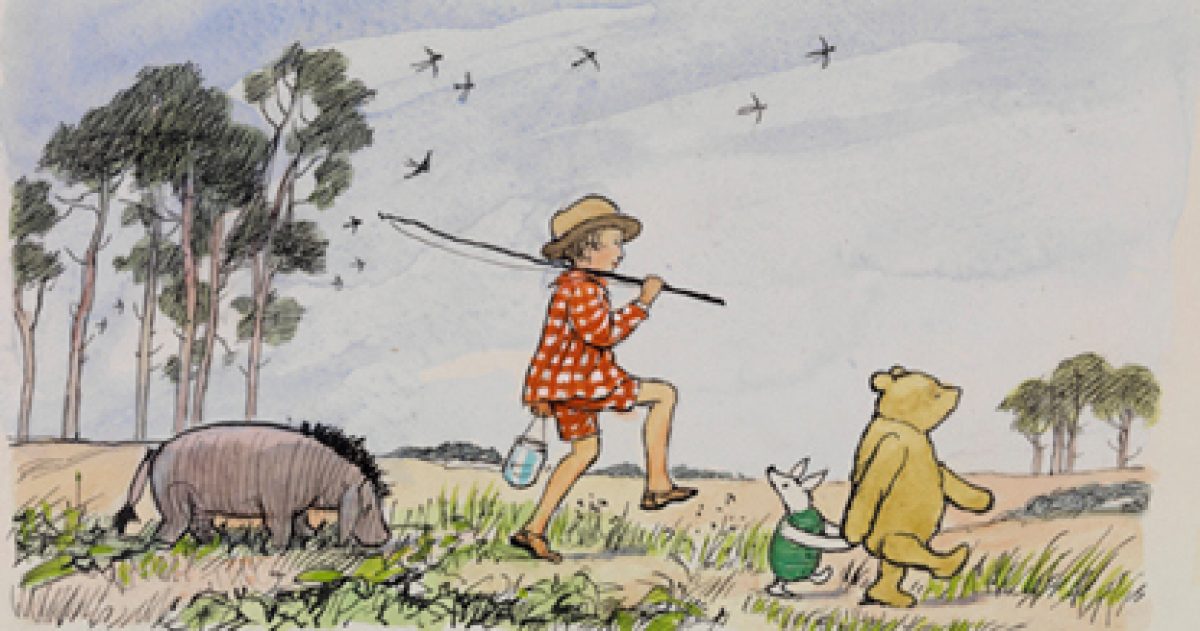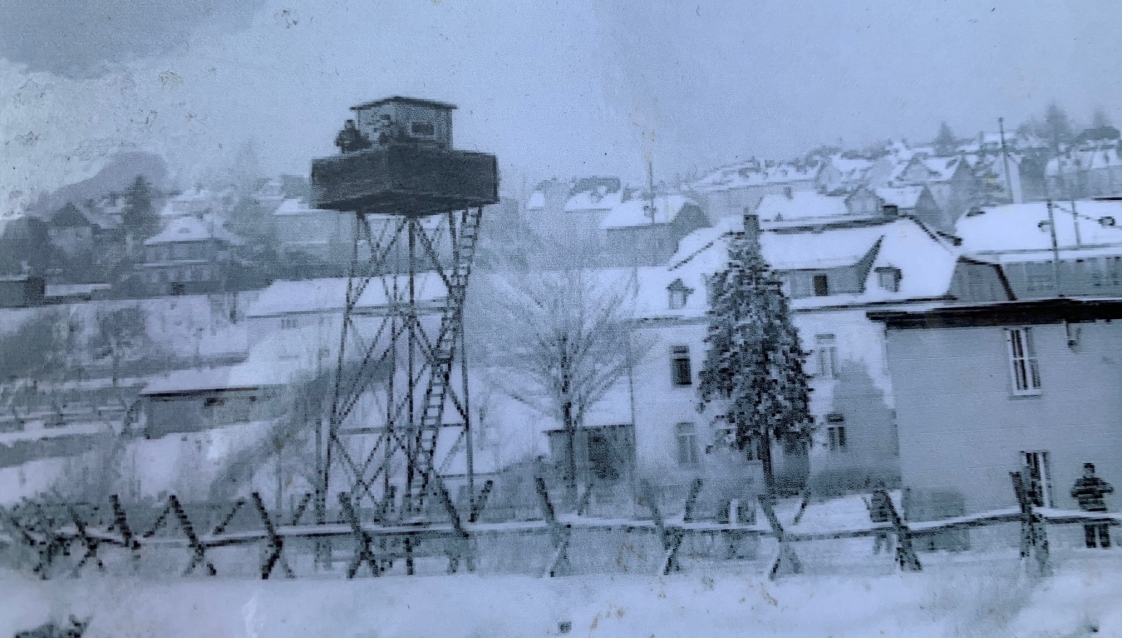
Summarizing slow living: ‘You see stuff, hear stuff, learn stuff, connect stuff, appreciate stuff.’ For want of an ideologically saturated, nausea inducing attempt at describing a commonly cliched state of gratitude, mindfulness, contemplation and solace; simple is best. Simple is transparent and simple resonates. It sits well with the territory; the tractors, the old towns, the church turrets, the corn fields, village fountains and the ever – present tabby. Simple is what we have strapped to our backs, stuffed in our mouths and sets the unassuming perimeter for expectation and enjoyment.
Our real time GPS ‘dot’ moves slowly across the map in this crawl from town to town, forest to forest and field to field. As our kilometres are clocked, each path connects places to people, sites to stories, heroes to history and asking to answers. In a challenge not to count down, but to chalk up, we soak in the sun, seek out the locals, smash the unfriendly and sustain from taking shortcuts!
We move through the forests of Frankenwald to the Fichtelgebirge. Though the regions of Thüringen, Oberfranken and Oberpfalz. We cross boarders East and West, skirting Kingdoms, countries and current city lines. The rivers Selbitz, Saale and Eger narrate a past shaped of mills, wealth and toil; of mining, farming, smithing and guild crafts. We pass through the medieval towns of Münchberg, Laubersreuth, Kirchenlamitz and Heidelheim. We conquer the heights of the Waldstein and Kornberg, inhaling views from the top of Großbüchelberg. We light a candle of the faithful at the wood side Fatima chapel, so quietly she listens to prayers unspoken. We pass the Herr Gott Stone, of legendary magic and the granting of wishes. We sit at the Teufel’s Tisch in an invitation to play cards with the devil. We’re introduced to Bockpfeifers (Bagpipers), Napoleon, and the pioneering naturalist Humboldt. We follow ancient way markers through thickets, dark woodlands and medieval fortresses with an era of von Sparneck knights. We hide behind rocks of refuge sheltering gypsies, victims of Wars and the region’s most Wanted. We intersect with the ViaPorta von Volkenroda and the St James Pilgrim Ways, with the long – distance routes of E5 and E6 and develop appetite and appreciation alongside the educational Potato and Carp trails. We walk tracks studded with granite, shale, gneiss, basalt and all manner of geological treasure and meet the ‘porcelain princes’, Hutschenreuther and Rosenthal on roads paved ‘White Gold’.
We walk all of this with boots strapped tight, Band Aids protecting blisters, Autan applied in defence of dreaded ticks and compass bearings confirmed. This slow daily foot march of discovery rapidly assumes a pace of its own. It’s a fast way to form local connections. It’s an expedited journey through time. It’s an accelerated examination of society. It’s a high – speed way to slow down.



















